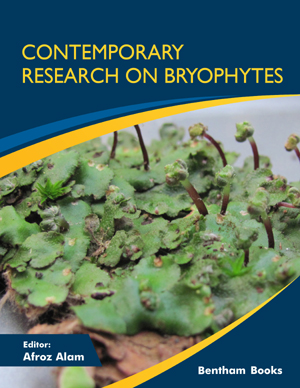Abstract
SHS investigation development is considered from the geographical and historical viewpoint. 3 stages are described. Within Stage 1 the work was carried out in the Department of the Institute of Chemical Physics in Chernogolovka where the scientific discovery had been made. At Stage 2 the interest to SHS arose in different cities and towns of the former USSR. Within Stage 3 SHS entered the international scene. Now SHS processes and products are being studied in more than 50 countries.
Abstract
Family Fissidentaceae is one of the largest family of class Bryopsida. The family is also known as a tinny fern moss family due to the general appearance of plant body similar to that of a typical fern plant. This is a monogeneric taxon (Fissidens). This family comprises of ca. 450 taxa distributed all around the world. Among these, 86 reported from India, 53 from china and 37 from North America. Bryoflora of Pakistan represents ca. 18 species of this unique family. The individuals like shady, moist places in forests, entrances of caves, sprays of waterfalls and along rivers, a few species completely aquatic, growing on soil, rocks, termite mounds, lower trunks of trees, branches, dead wood, rarely epiphyllous, in moist or wet lowland to high mountain forests. The identification parameters of this family are somewhat different from others. The identification is based on peristome types, lambidial cells (size, number, and position), laminal cells (size, shape and papillae etc.), costa type and in some cases habitats. This chapter focused on the detail background, identification strategies, taxonomic parameters, distribution and conservation strategies etc.
Keywords:
Recommended Chapters
We recommend

Authors:Bentham Science Books






